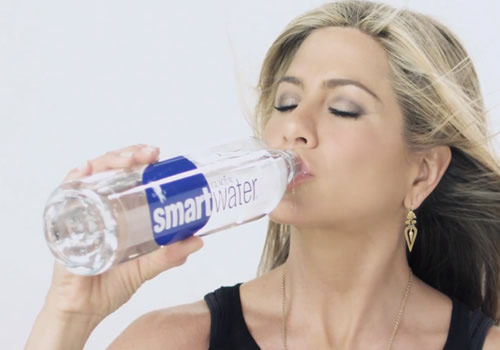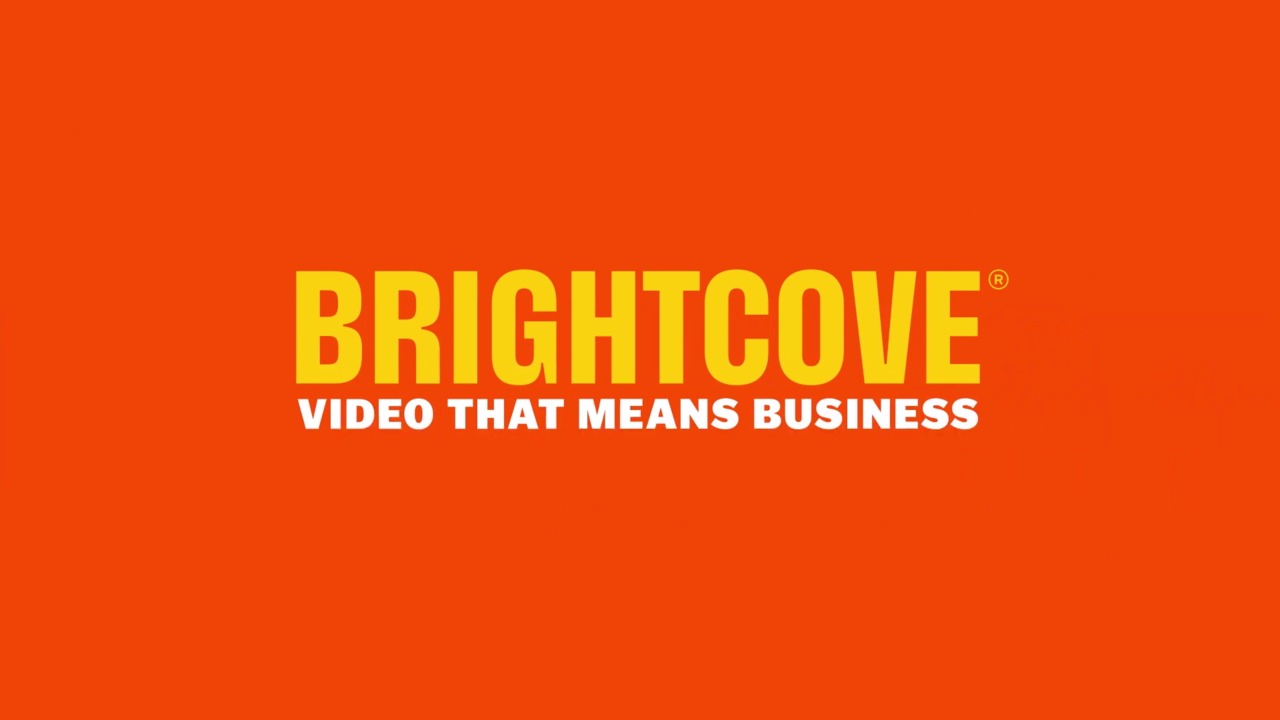 Brands are starting to get on the social media bandwagon, and are tapping into the mores and modes of the Internet in an effort to update the way they reach and connect with consumers.
Brands are starting to get on the social media bandwagon, and are tapping into the mores and modes of the Internet in an effort to update the way they reach and connect with consumers.
Take a look at smartwater. Their latest campaign features Jennifer Aniston, along side lip-synching YouTube star Keenan Cahill. Aniston plays the "out-of-touch average American over the age of 30" here with aplomb, hesitantly taking advice from her Greek chorus of geek advisors on how to make a video that "turns into a virus." She provides the meta-commentary about what "does well" on the Internet.
As Aniston smartly notes, this video is really more about the Internet than it is about water. But aptly enough, the Internet has always been a fan of meta-narrative about the Internet, so this video has performed well. Just a few days after its initial release, the video already has well over 5 million views on YouTube.
This viral-bating approach is similar to one taken in the recent Old Spice commercials, namely the Re: Anonymous video, where Isaiah Mustafa cycled through what seemed like every meme ever listed on 4chan and Buzzfeed to appeal to a specific in-the-know audience that was most likely to comment on and share the video.
Marketers are now beginning to target an online demographic directly with content that draws on elements of Internet culture. These campaigns target impressions not based on advertisement buys on broadcast networks but on social networks, blogs, and YouTube.
What's so interesting about this co-option of Internet culture into branded advertising is that achieves something relatively unique to the online medium. These ads are subject to social sharing, and are actually serving as destination content that is directly navigated to and searched, as rather than the traditional advertising mode of imposing an impression on a viewer who is actually in the middle of watching something else.
The flip from push to pull is an important distinction in this new social media-inspired mode of advertising. It perhaps suggests that marketers have a new remit not only to find ways to put their product in front of viewers, but to be providing value and entertainment in that content, such that it's able to stand on its own.
Of course, a viral campaign is not easily repeated or formulaic. Meme-bating tactics seem like a natural starting point, but for many brands, tacking on to a trending meme as Microsoft did with Double Rainbow might come across as disingenuous and forced. That could ultimately have more negative impact on the brand for seeming out-of-touch, regardless of the number of impressions that it gets because as it gets talked about and shared.
I imagine we'll be seeing more of these campaigns cropping up as the infrastructure for surfacing trending content becomes established and begins to reach wider consumer audiences. Sites like the Aol-owned Buzzfeed and even Google's YouTube Trends blog exist to surface trending content, only making it more tempting for advertisers and brand marketers to target content production to get surfaced on these sites.
What do you think? Are these viral efforts on-brand? Do they only appeal to a geeky, Internet savvy segment of the population, or is that population growing? Add your thoughts in the comments.
Stay tuned for more thoughts on how online video and social media and working together to connect with and engage audiences in new ways.

